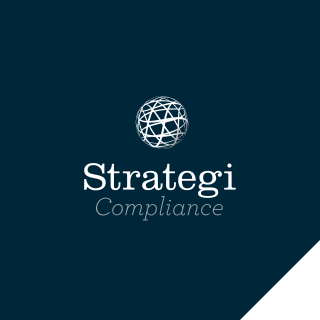The Summit was held at Auckland Museum over two days (11/12 May) and included an array of experts in the field including a keynote address called “International Round-Up “from Tim Goodrick, Director of Forensics, KPMG. The main message from Tim was that ‘professional money launderers’ are on the rise in New Zealand. According to Royden, this really summed up the tone of the summit – money laundering is becoming more common and more complex making it harder to detect.
| Professional money launderers – or PMLs – are people who, for a fee, provide services to organised crime groups (OCGs) by laundering the proceeds of their crimes. PMLs launder for multiple OCGs and don’t concern themselves with how the proceeds were generated. |
The Summit included a panel discussion on the latest technological trends that have emerged in the last 12 months, and how technology can be used to reduce the time and cost burdens of compliance. There was an interesting discussion on crypto currency and managing risks as well as plenty of information from the Supervisors – much of which is covered on a regular basis in this ezine.
Royden gave the last presentation of the Summit called “Am I exposed?” which was particularly relevant to the many compliance officers in the audience. The presentation focused on understanding and identifying money laundering and terrorism financing vulnerabilities – an in-house activity that can be led by compliance officers.
Royden reiterated the move to more sophisticated methods being used by criminal organisations and along with PMLs (defined above) gave the example of individuals known as ‘clean skins’ who have no connection to criminal organisations and no criminal convictions being used to front legitimate businesses that will later be used to launder funds.
He also spoke about why red flags and typologies are more important than ever when it comes to training and included some creative tips around how compliance officers can approach this type of training in a way that makes it memorable.
- Utilise movies and TV shows, many shows have scenes that depict money laundering techniques – one very well-known one is from Breaking Bad – where the lawyer and the criminal are meeting in a nail salon, the lawyer says that by purchasing the nail salon the criminal can ‘intermingle’ his drug cash with the legitimate revenue. By showing this You-Tube clip it not only explains the technique in detail but also makes it relatable to the training audience…. and who doesn’t like Breaking Bad?
- Once you have trained the team with what red flags and money laundering techniques are used by criminals, let them loose on the business. Set them up in pairs with a scenario to launder a million dollars using the business in as many ways possible to get it done. Get the staff to present back to the group using fish and chip charts, keep the charts and use them when you are next reviewing the firms risk assessment.
Interesting fact – frontline staff are always good at this one as they know the processes inside out and usually think of more ways to get around them than management.
If you want to know more about how you can be more creative when it comes to staff training or have questions about any of the topics covered at the Summit feel free to give Royden a call.


